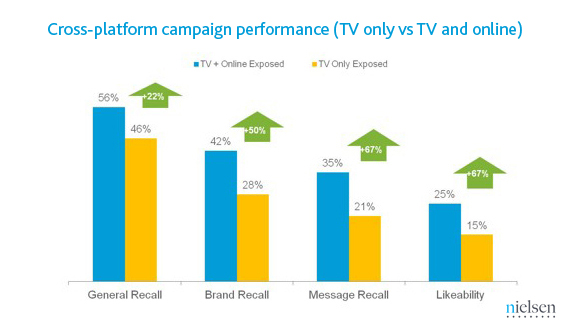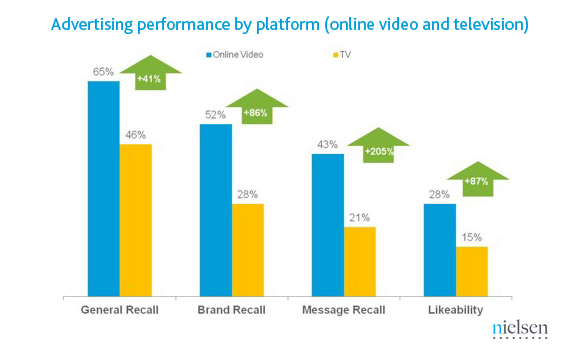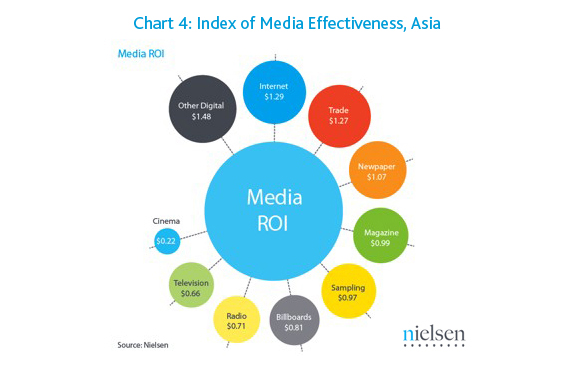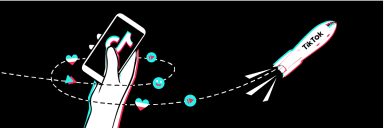Click-thru rates, one of the most common metrics used to trade online advertising, are significantly undervaluing the brand performance of online campaigns, signaling a need for marketers to use other metrics to gauge the effectiveness of online advertising, according to recent analysis undertaken by Nielsen in the Asia-Pacific region. Whilst click-thru rates are commonly used as the only metric to gauge the performance of online campaigns, Nielsen’s analysis finds little correlation between online click-thru rates and off-line return on investment (see chart below).

The implications of this insight are far-reaching, both with respect to the metrics being used to track online campaign performance, and in guiding creative strategy. Whilst the use of click-thru rates as a metric is still an effective means of measuring call-to-action campaigns, using the same metric to measure the success of a branding campaign is misleading and potentially dangerous. There are a number of alternative metrics advertisers can tap into where they are looking to achieve broader brand benefits, and these metrics will help them to assess campaigns which are intended to deliver their key message.
The Nielsen analysis, which combined meta-analysis and modeling from hundreds of marketing campaigns, revealed that campaigns utilizing both television and online channels generate an up-lift in critical brand metrics including brand recall, message recall and likeability. General brand recall metrics achieve a 22 percent increase on average where television campaigns are run in parallel with online campaigns, whilst brand recall achieves an up-lift of 50 percent on average and message recall and likeability both achieved a 67 percent up-lift on average (see chart below). Importantly, Nielsen notes that the brand metrics most likely to improve as a result of cross-platform advertising are also the metrics which have been most closely linked to increased sales.

Nielsen’s Managing Director of Advertising Solutions in the APMEA Region, David Webb, notes that the results from this analysis are helping to shine new light on how digital marketing, especially those which leverage cross-platform, can have a direct impact on consumers’ purchasing decisions. “To date, marketers have been reluctant to invest in digital marketing due to a lack of clarity around the brand benefits and direct return on investment. Analysis such as this is addressing that lack of insight.”
Another notable insight from Nielsen’s analysis relates to the capping of impressions for online campaigns – although it is widely accepted that online campaigns should be capped at between three to five impressions, Nielsen’s analysis illustrates that extended online campaigns with a higher number of impressions (in particular those with eight or more impressions) achieve a stronger lift in brand performance metrics.
Nielsen also explored the effectiveness of online video content, and identified that online video advertising campaigns which featured prior to long-form video content or online television replays generated higher engagements levels amongst audiences (see chart below).

When it came to return on investment, Nielsen’s meta-analysis revealed a clear lead for digital media over traditional media, with internet marketing providing a return of $1.29 for every dollar spent and other forms of digital marketing providing as much as $1.48 return (see chart below).

“The strong return on investment for digital channels can largely be attributed to the cost-effectiveness of online advertising in comparison to traditional media,” states Webb. “If we look at more traditional forms of media such as television, pricing is significantly higher than digital, and that has an impact on the return on investment that the platform affords. It is clear that digital channels are generally being under-utilized in cross media campaigns across Asia.”


